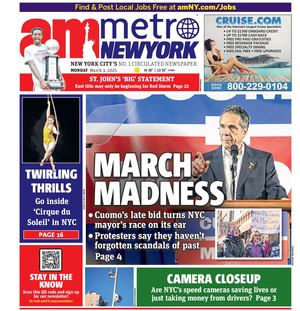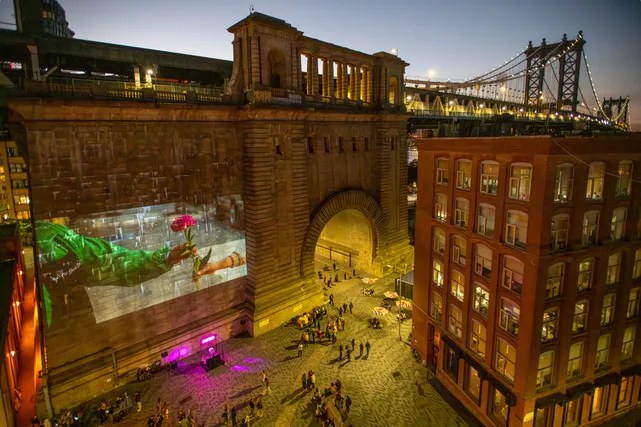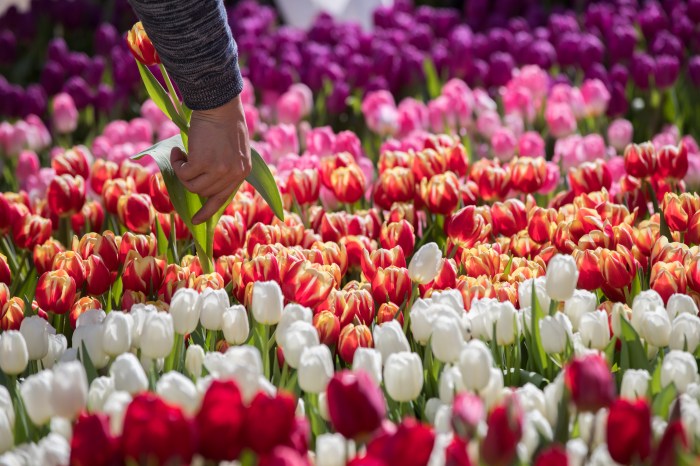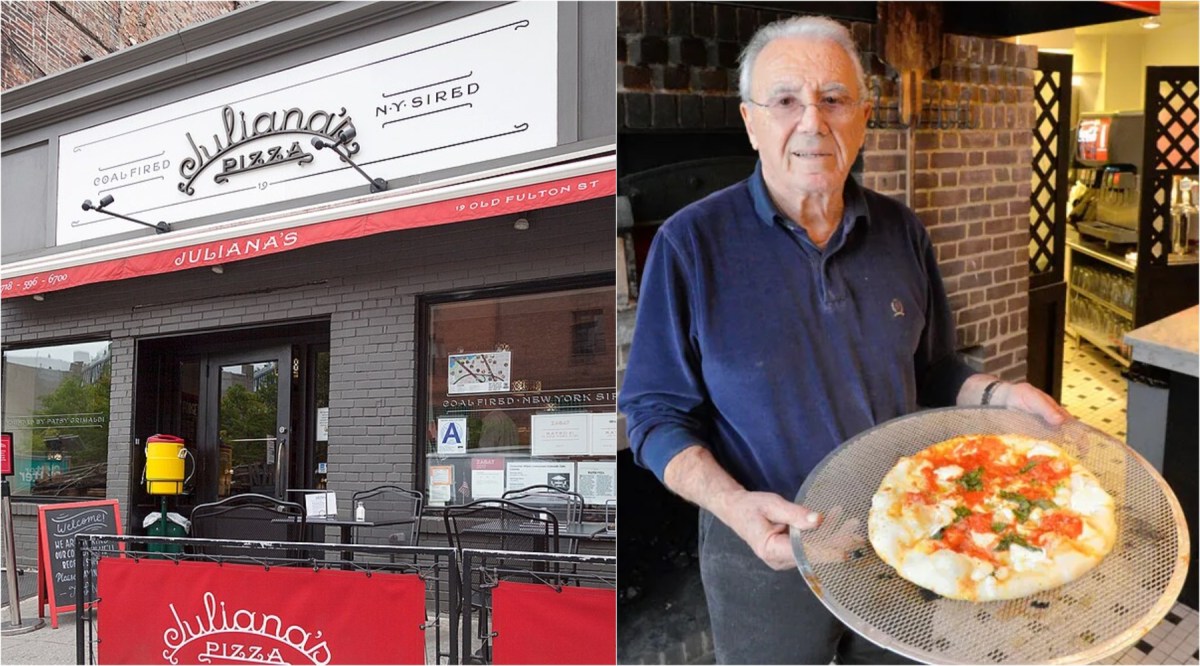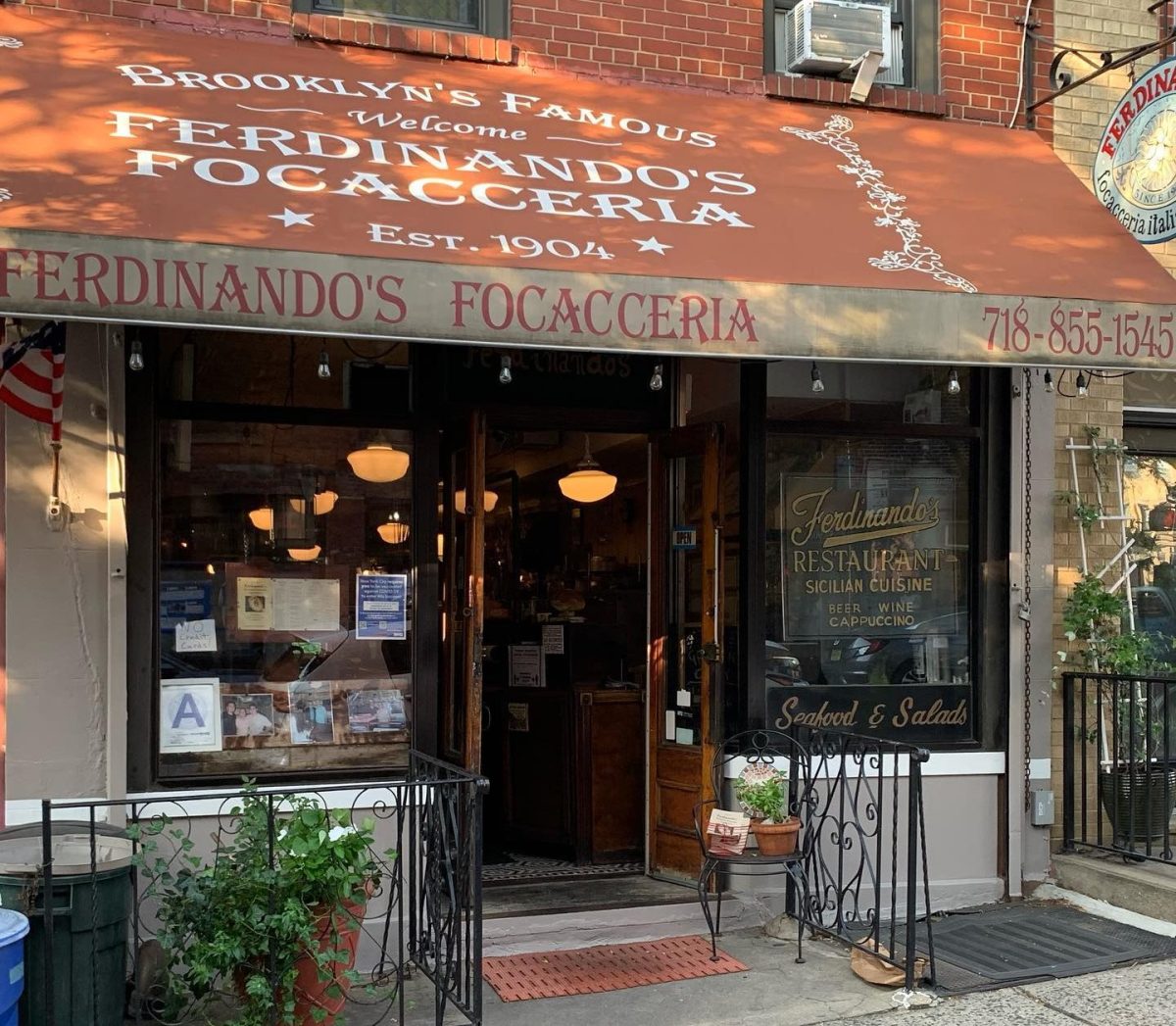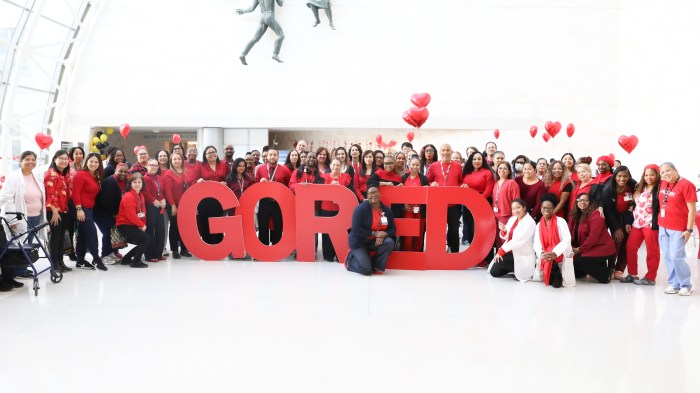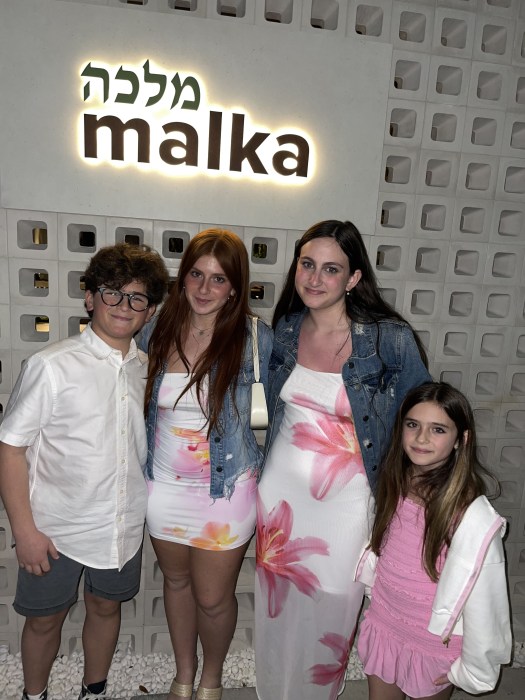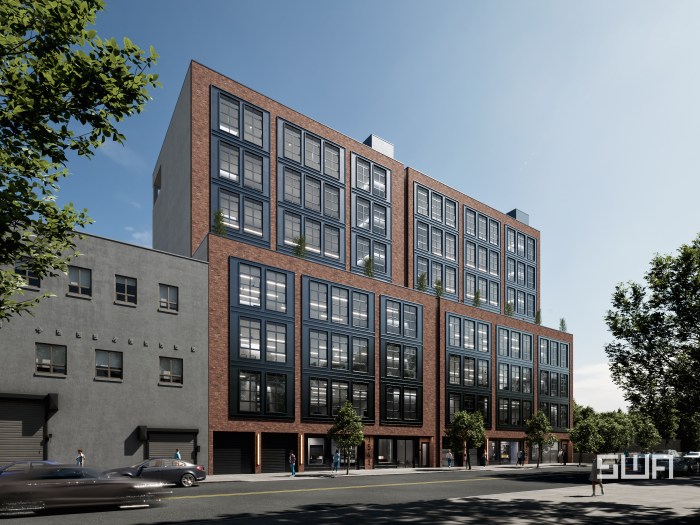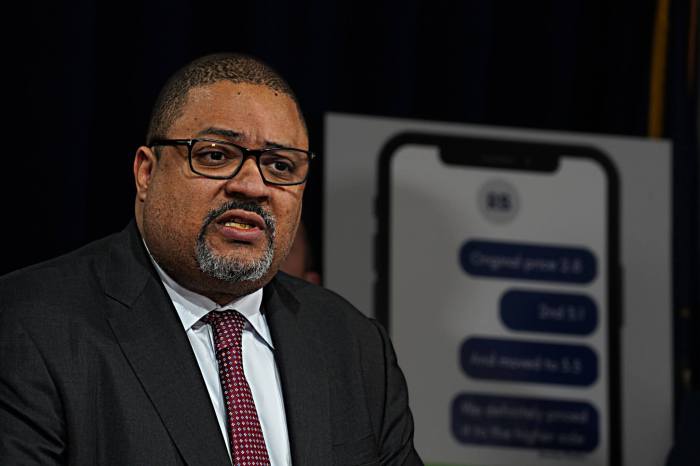
This summer will mark the 50th anniversary of one of the gay rights movement’s most pivotal events, the police raid and resulting riots at The Stonewall Inn. To mark its rightful role in transforming LGBTQ history, the New York Public Library opened its “Love & Resistance: Stonewall 50” exhibition at the Stephen A. Schwarzman Building on Thursday.
The exhibition is organized around four themes—Resistance, Bars, Print and Love. Through historic photographs, posters, and flyers from the library’s archives, “Resistance” focuses on LBGTQ protests before and after Stonewall, highlighting the dramatic change that the riots brought about. The “Bars” section explores the importance of bars and their culture in gay history and the rise of dancing and disco following Stonewall. “In Print” demonstrates the importance of magazines in connecting the isolated gay community before the riots and the explosion of similar publications thereafter. Finally, “Love” showcases depictions of authentic LGBTQ relationships during the 1960s and ’70s, when sex with someone of the same gender was considered a crime in much of the United States and would often result in incarceration or institutionalization.
“The exhibition’s four themes grew organically out of the documentation in the library’s archives, particularly the photo archives of Kay Tobin Lahusen and Diana Davies,” says Jason Baumann, curator of “Stonewall 50” and the NYPL’s Susan and Douglas Dillon assistant director for collection development. “Resistance,” “Bars,” “In Print,” and “Love” draw from the Library’s LBGTQ activist archives, its LGBTQ Periodical Collection, ephemera from the International Gay Information Center, and the photography of Lahusen, Davies, and others, respectively.

The summer of ’69
The year was 1969, the last in a decade defined by political and social unrest: The civil rights movement was at its zenith, anti-Vietnam War protests were in their fifth year, Woodstock was still months away, and The American Psychiatric Association still listed homosexuality in its Diagnostic and Statistical Manual, alongside pedophilia and exhibitionism. Despite its reputation as welcoming to all, there was really only one place where gay men and women and transgender people could drink, dance, and unabashedly be themselves: The Stonewall Inn. Greenwich Village had been a haven for the LGBTQ community for several years, but Stonewall, with its mafia ownership and payoffs to the police, was the only gay bar that seemed free from surprise raids and arrests.
The Christopher Street spot had no running water — used glasses were rinsed in tubs of water and reused immediately after — no fire exits, and the toilets constantly overflowed. The walls surrounding the two dance floors were all black, with pulse lights flashing on a mix of young white, black, and Hispanic patrons, and the only times The Stonewall Inn would turn on its regular white lights were to signal that everyone should stop dancing and touching because police were spotted. Police raids on gay bars usually only occurred once every month or so, and the staff at Stonewall were always tipped off beforehand.
But when eight policemen arrived at Stonewall at 1:20 a.m. on June 28 and announced, “Police! We’re taking the place!,” it came as a surprise to all. Unlike during regular raids, in which patrons would be lined up, their identifications checked, and the sex of anyone dressed as a woman confirmed by female cops in the bathroom while crossdressers were arrested, those at Stonewall that night refused to comply. Some customers were released from the confines of the bar and onto the street, but they did not go home, as usual, instead watching the scene in front of them unfold, shouting at and mocking police. Soon, a large crowd began to form, composed of both Stonewall patrons and those simply passing by. Shouts of “gay power!” could be heard, and some began singing “We Shall Overcome.” As police officers started shoving and hitting arrestees, though, the scene turned violent. What resulted in the following hours were the truly unprecedented results of mob rage — bricks and rocks were thrown at the building with policemen inside, garbage was set on fire, and police pointed their guns at the crowd of 500 or more and threatened to shoot. The following night, thousands of demonstrators descended upon Christopher Street, and riots once again proceeded.

A 50th birthday at the NYPL
These two June nights, despite the fear and damage they caused, shined a light on the plight of the LGBTQ community and forever changed the gay rights movement. Half a century later, with gay marriage recently legalized nationwide and a continuously progressive understanding of gender and sexual identity, The New York Public Library’s “Love & Resistance: Stonewall 50” celebrates this historic milestone and assesses the riots’ impact on the last five decades.
“The show is ultimately about civic engagement. The activists of that era were not professionals. They were everyday people who wanted to make our society a better place,” Baumann says. “I hope that people attending the exhibition are inspired to be politically active themselves, to realize that they can make a difference.”
The NYPL has been planning the exhibition for roughly two years and has been working closely with the Stonewall 50 Consortium, which unifies nonprofit institutions and organizations and activists in an effort to produce programming, exhibitions and educational materials related to the Stonewall uprising. The NYPL has also assembled two books to serve as companions to the exhibition.
“There are many more photos than we had space for in the exhibition, so ‘Love and Resistance: Out of the Closet Into the Stonewall Era’ (W. W. Norton) provides a deeper look at Lahusen’s and Davies’s photographs,” says Baumann. The second book, "The Stonewall Reader" (Penguin Classics), which will be published in April, “allows people to get the original, personal stories behind the images in the exhibition” and highlights the well-known, iconic activists of the movement as well as forgotten figures.

“Love & Resistance: Stonewall 50” will run through the June anniversary and the World Pride celebration, closing in July, but the library chose to open the exhibition months earlier for a very specific reason. “There was a popular slogan in the 1970s LGBTQ liberation movement that ‘an army of lovers cannot fail,’ ” says Baumann. “We opened on Valentine’s day to honor this activist spirit and the many lovers depicted in the exhibition.”
The free exhibition, of course, places a great emphasis on the history of the gay rights movement during the 60s and 70s, but Baumann believes this will resonate deeply with the struggles that persist for the LBGTQ community in 2019. “Many of the strategies, concerns and organizations that drive the movement today were born during this era,” he says of the two decades. “However, despite 50 years of work and accomplishments, many of the struggles and issues of the 1960s and ’70s are still with us.”
“I think it’s important that people realize Stonewall was just one moment in a larger civil rights struggle spanning many decades and continuing into the present day,” the curator adds. “The anniversary is a great opportunity to reflect on that history.”
IF YOU GO: "Love & Resistance: Stonewall 50" will be on view at the NYPL’s Stephen A. Schwarzman Building, 476 Fifth Ave. in Manhattan, through July 14 and is free to the public. The library will also run a series of ticketed events to complement the exhibition. The programs start with After Hours access, including Drag Queen Story Hour and curator talks, on Friday, Feb. 15.
